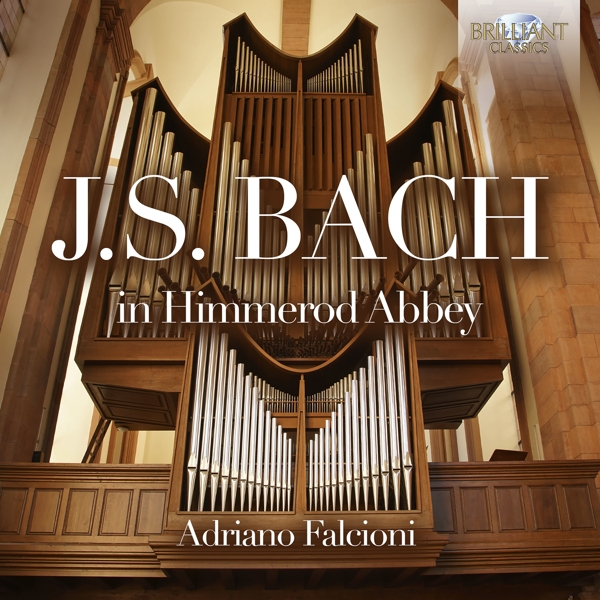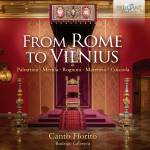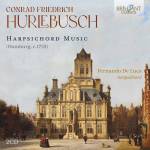Other products from Adriano Falcioni |
My Account
|
Log In
|
English |
€ Euro |
Advanced Search
|
All Categories
BEST SELLER
500
NEW RELEASES
8.448
SPECIALS
221.769
Your search:
No selection
Filter results:
TECHNICS
255.595
GAMES/SOFTWARE
26.442
MUSIC
708.074
Other Classic
4.397
- Accordion
23
- Bassoon
5
- Bugle
3
- Cello
123
- Clarinet
23
- Clavichord
44
- Double Bass
5
- Early Instrum.
16
- Flute
54
- Guitar
311
- Harp
45
- Harpsichord
218
- Lute
108
- Mandolin
11
- Oboe
8
- Organ
534
- Other Solo Instrum.
1.716
- Percussion
15
- Piano
2.382
- Recorder
12
- Saxophone
12
- Trombone
4
- Trumpet
11
- Viola
28
- Violin
198
Symphonic Music
13.098
|
Music Movie Audiobooks Merchandise Children's |























